Magnificant frigate bird 856174-Magnificent frigatebird
Of all the frigatebirds, the magnificent species is the largest In length, it measures between 35 and 45 inches ( and 114 cm) 3 How much does a magnificent frigatebird weigh?The great frigate bird is the Energizer Bunny of migratory birds Named after a kind of fast warship, frigates (Fregata minor) travel an average of 255 miles daily for days or months on end, oftenMassive seabird of warm tropical oceans and coastlines Overall black with extremely long, deeply forked tail and angular wings Male completely black with inflatable red pouch on throat (not seen away from breeding colonies) and bluish eyering In good light, black coloration can show purplish sheen Adult female has white chest and golden bar on shoulder

Magnificent Frigatebirds Determining Age And Sex By Alex Lamoreaux Nemesis Bird
Magnificent frigatebird
Magnificent frigatebird-Magnificent Frigatebirds can even take food directly from the bill of another bird in an aerial battle Because of their swift, soaring flight and marauding behavior, Magnificent Frigatebirds were named after British frigate warships Magnificent Frigatebirds are common in the summer and are usually spotted close to the coastIn fact, frigatebirds have the



Magnificent Frigatebird Fregata Magnificens Wildlife Journal Junior
The Magnificent Frigatebird is a large seabird that occurs along the Pacific and Atlantic coasts of North and South America, as well as the Caribbean Basin It is identified by long, pointed wings with a pronounced bend in the middle, a long, forked tail, and a long, hooked billSometimes nests on the ground Incubation ranges from 40 to 50 days and is carried out by both parents Most females do not breed every yearThese frigatebirds are magnificent animals with an impressive wingspan of 23m (75 feet) Their wing are to bodyweight ratio is the highest of any bird Adapted for long, effortless flights, these frigatebirds can stay aloft all day long as they hunt for fish or squid at the surface They roost in trees at night, but they are known to soar on ocean currents for weeks at a time, if needed
Probably has declined at some tropical coloniesAntony W Diamond and Elizabeth A Schreiber Version 10 — Published March 4, Text last updated January 1, 02The Magnificent Frigatebird is 100 cm (39 in) long with a 215 cm (85 in) wingspan Males are allblack with a scarlet throat pouch that is inflated like a balloon in the breeding season Although the feathers are black, the scapular feathers produce a purple iridescence when they reflect sunlight, in contrast to the male Great Frigatebird's
Great Frigatebird vs Magnificent Frigatebird 8 Differences These are the 8 main differences between great frigatebirds (Fregata minor) and magnificent frigatebirds (Fregata magnificens)1 The Sheen The male great frigate has a green sheen, or shine, on its black back feathers whereas the male magnificent frigate prefers a purple sheen The sheen makes for an awesome fashion statement andThis large seabird weighs anywhere from 24 to 35 pounds (11 to 159 kg) 4 What is the magnificent frigatebird's wingspan?Massive seabird of warm tropical oceans and coastlines Overall black with extremely long, deeply forked tail and angular wings Male completely black with inflatable red pouch on throat (not seen away from breeding colonies) and bluish eyering In good light, black coloration can show purplish sheen Adult female has white chest and golden bar on shoulder Young birds have white head and



Magnificent Frigatebird Identification All About Birds Cornell Lab Of Ornithology
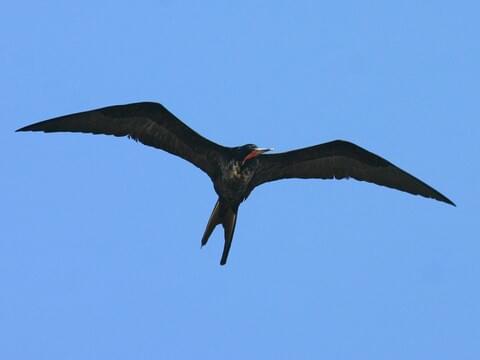


Magnificent Frigatebird Identification All About Birds Cornell Lab Of Ornithology
Frigatebirds are so notorious for this feeding style, a Pacific species is known as "Iwa," the Hawaiian word for "thief" While the magnificent frigatebirds nest primarily in the Caribbean and Gulf coast of Mexico, the air currents they soar on bring them up both coasts of FloridaMagnificent Frigatebird One, rarely two, white eggs are laid in a flimsy platform made of sticks, grass, and stems, usually built in a mangrove, other tree, or bush, 2 to feet above the ground or water;The Magnificent Frigatebird is a large seabird that occurs along the Pacific and Atlantic coasts of North and South America, as well as the Caribbean Basin It is identified by long, pointed wings with a pronounced bend in the middle, a long, forked tail, and a long, hooked bill


Magnificent Frigatebird Fregata Magnificens Peru Aves



Frigatebirds Great And Magnificent Galapagos Pirates Of The Air
Magnificent Frigatebird Fregata magnificens Birds Tell Us to Act on Climate Pledge to stand with Audubon to call on elected officials to listen to science and work towards climate solutions Sign the Pledge Plate 270 Stormy Petrel Plate 272 Richardson's Jager Stay abreast of AudubonThe magnificent frigatebird is known by several names including the pirate bird, condor of the oceans and 'Mano'War' bird Common throughout the tropics, this aerial acrobat can be seen across the Archipelago Species data Common name Magnificent frigatebird Scientific name Fregata magnificensMagnificent Frigatebirds range along coasts and islands in tropical and subtropical waters They nest and roost in mangrove cays on coral reefs and in low trees and shrubs on islands Magnificent Frigatebirds forage over warm oceans far out to sea, along the coast, and in shallow lagoons Back to top Food
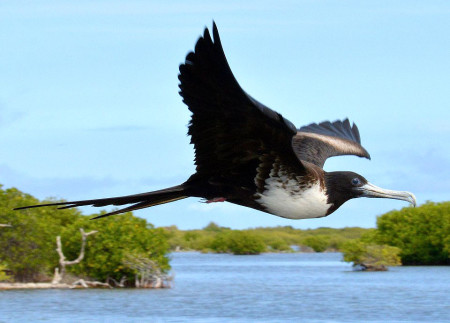


Frigatebird Birdscaribbean


Juvenile Magnificent Frigatebird Fregata Magnificens Scenicoregon Com
Basic Description Beachgoers delight in this large, black pterodactyllike bird that soars effortlessly on tropical breezes with hardly a flap, using its deeply forked tail to steer Watching a Magnificent Frigatebird float in the air truly is, as the name implies, magnificent These master aerialists are also pirates of the sky, stealing food from other birds in midairThe frigatebird is widely spread on the coasts of South America There are two species in the Galapagos the Magnificent and the Great frigate bird The Great frigate bird is also found in other pacific regions and the Indian Ocean and tends to forage far out in the sea to avoid competitionThe Magnificent Frigatebird is one of the most wellknown seabirds throughout the American tropics Most recognize this species for the inflatable red gular sac shown on adult males but their remarkably long wings, forked tail, and piratical lifestyle make this species an incredible sight no matter what age or sex
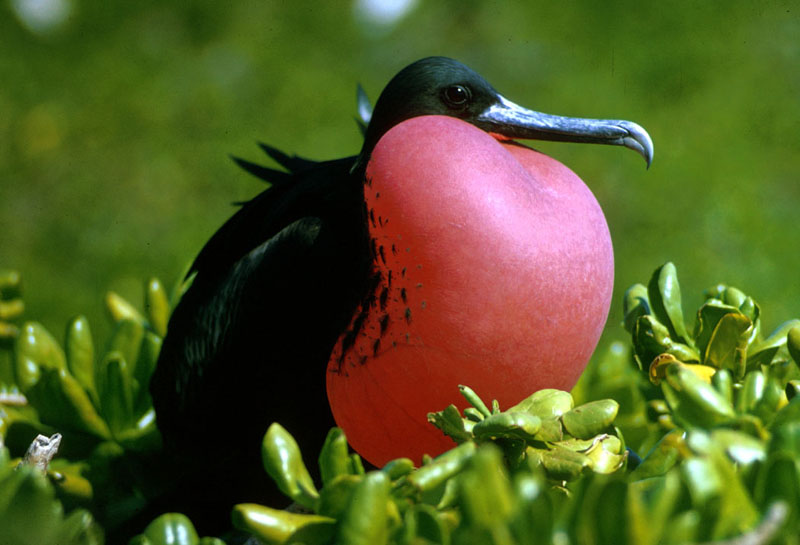


Magnificent Frigatebird Fregata Magnificens Natureworks



Magnificent Frigatebirds Fish Stealing The Birds Of Abaco
The Magnificent Frigatebird is one of the most wellknown seabirds throughout the American tropics Most recognize this species for the inflatable red gular sac shown on adult males but their remarkably long wings, forked tail, and piratical lifestyle make this species an incredible sight no matter what age or sexMagnificent Frigatebird Fregata magnificens In North America, Magnificent Frigatebirds are seen most commonly in Florida However, they also appear regularly along the Gulf Coast, and strays have turned up in many parts of the continent Conservation status Total population difficult to monitor;But their remarkably long wings, forked tail, and pirate lifestyle make this species an incredible sight 'Magnificent' certainly isn't an understatement!



Magnificent Frigatebird Fregata Magnificens Wildlife Journal Junior
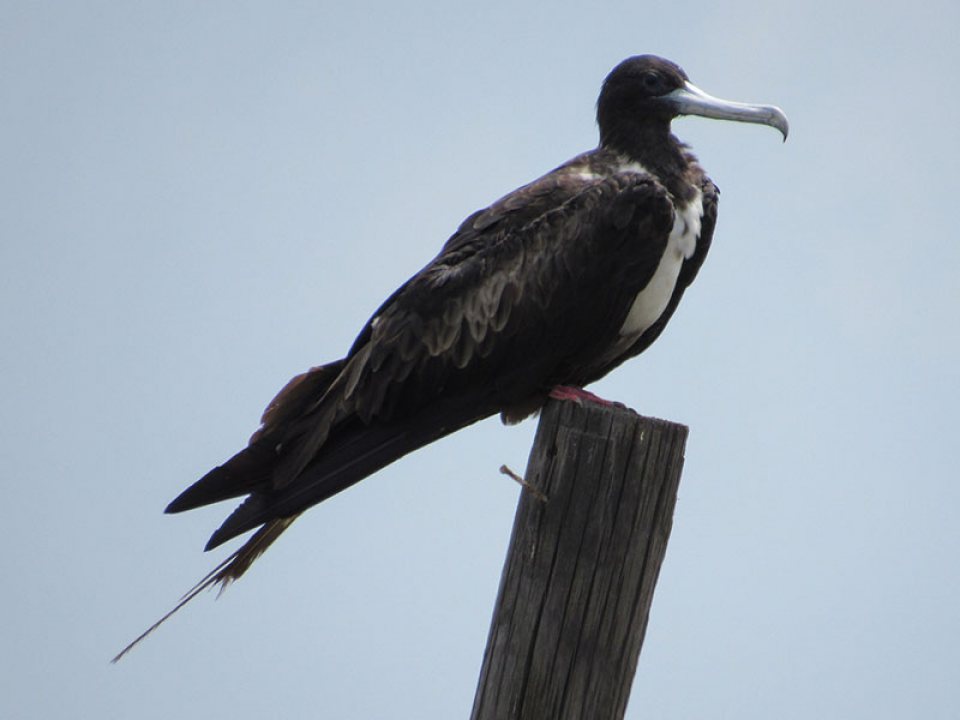


Galveston Com Truly Magnificent Sight Galveston Tx
Watching a Magnificent Frigatebird float in the air truly is, as the name implies, magnificent These master aerialists are also pirates of the sky, stealing food from other birds in midair Males have a bright red pouch on the throat, which they inflate like a balloon to attract femalesMale puffing out his red throatOf all the frigatebirds, the magnificent species is the largest In length, it measures between 35 and 45 inches ( and 114 cm) 3 How much does a magnificent frigatebird weigh?
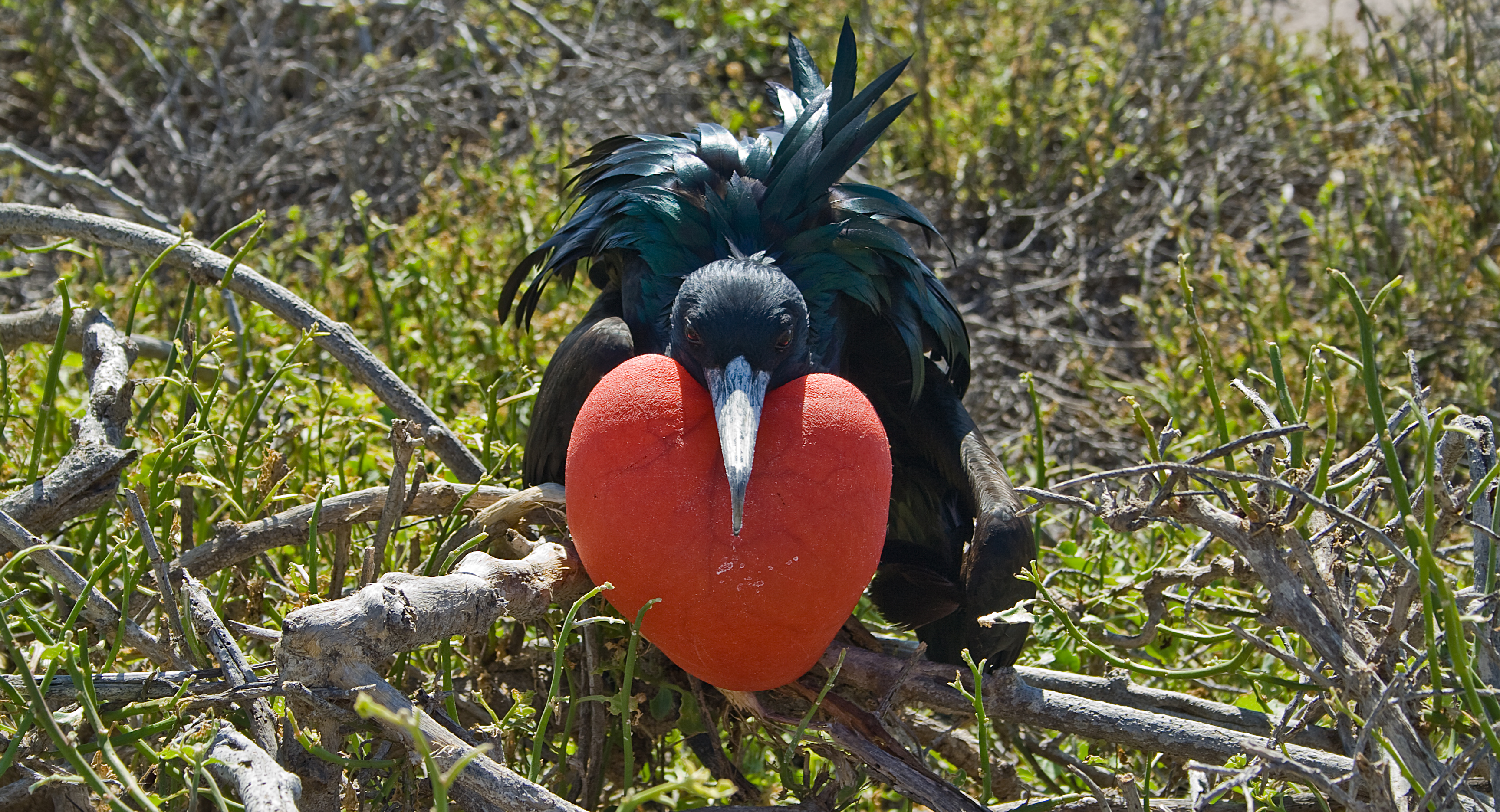


File Magnificent Frigatebird At The Galapagos Jpg Wikipedia



Great Frigatebird Vs Magnificent Frigatebird 14 Frigatebird Facts Everywhere Wild
The Magnificent Frigatebird is one of the most wellknown seabirds throughout the American tropics Most birders recognize this species for the inflatable red gular sac shown on adult males;Magnificent Frigatebirds are large seabirds with long, angular wings They have a deeply forked tail that is often held closed in a point The bill is long and sturdy with a prominently hooked tip Relative Size Larger than a Brown Pelican, smaller than an American White PelicanMagnificent frigatebirds are often found near groups of dolphins, tuna, or other predatory fish that drive much of their prey to the surface of the water This makes magnificent frigatebirds more successful when using a dipping hunting technique (Heiling, et al, 03;
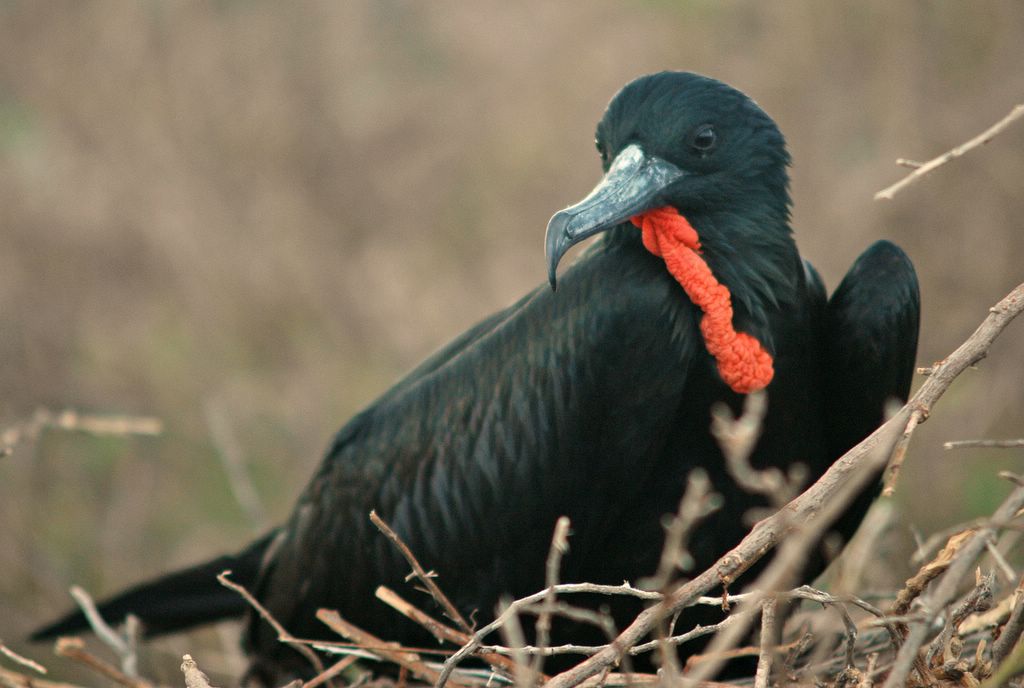


Galapagos Islands Ecuador Magnificent Frigatebird Male



15 Facts About Magnificent Frigatebirds In The Galapagos Latin Roots Travel
Beachgoers delight in this large, black pterodactyllike bird that soars effortlessly on tropical breezes with hardly a flap, using its deeply forked tail to steer Watching a Magnificent Frigatebird float in the air truly is, as the name implies, magnificent These master aerialists are also pirates of the sky, stealing food from other birds in midairFun Facts for Kids Magnificent frigatebirds spend days and night on the wing, with an average ground speed of 10 km/h (62 mph), covering It is believed that Magnificent frigatebirds are closely related to Pelicans Magnificent frigatebirds can't land on the water;If their feathers get wet these



Magnificent Frigatebird Rescued Rookery Bay



Frigatebirds Great And Magnificent Galapagos Pirates Of The Air
The magnificent frigatebird (Fregata magnificens) is a rare Outer Banks visitor It feeds on squid, fish, jellyfish, hatchling turtles, young beach nesting birds and crustaceans (shrimp, crabs, lobster, etc) They scoop their food from the beach or water's surface without landing and barely scraping the surface2 How big is a magnificent frigatebird?Magnificent Frigatebird Large black seabird, orange throat patch inflates into a huge bright redorange balloon when in courtship display Long bill is gray, hooked Wings are long and narrow Tail is forked;


Graceful Seabird Marauder Magnificent Frigatebird Sol Mexico News
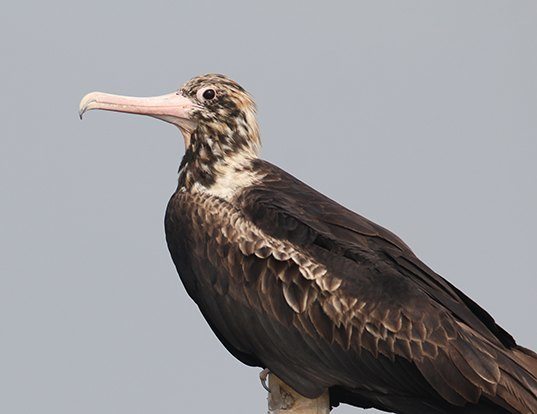


Magnificent Frigatebird Life Expectancy
The magnificent frigatebird (Fregata magnificens) is a rare Outer Banks visitor It feeds on squid, fish, jellyfish, hatchling turtles, young beach nesting birds and crustaceans (shrimp, crabs, lobster, etc) They scoop their food from the beach or water's surface without landing and barely scraping the surface10 Interesting Facts About Magnificent Frigate Bird 1 They have long wings, tails and bills and the males have a red pouch that is inflated during the breeding season to attract a mate Females are black but have a white breast and lower neck sides, a brown band on the wings and a blue eyering 2 The Magnificent Frigate bird is a big birdFrigatebirds are so notorious for this feeding style, a Pacific species is known as "Iwa," the Hawaiian word for "thief" While the magnificent frigatebirds nest primarily in the Caribbean and Gulf coast of Mexico, the air currents they soar on bring them up both coasts of Florida



Magnificent Frigatebird Ebird
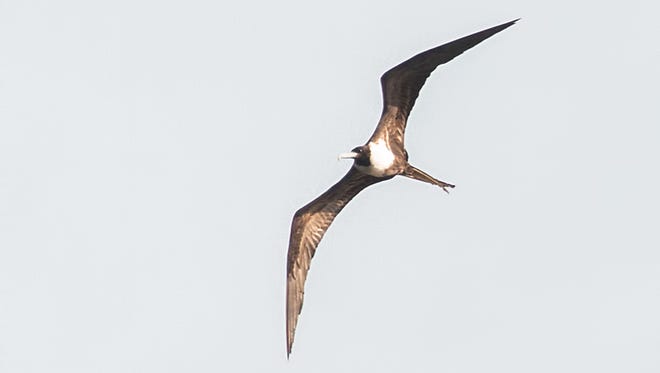


Rare Sighting Of Frigatebird In Central Wisconsin Likely Hurricane Refugee
Legs and feet are dark gray Eats fish, crustaceans, jellyfish High soaring flightFrigatebirds are so notorious for this feeding style, a Pacific species is known as "Iwa," the Hawaiian word for "thief" While the magnificent frigatebirds nest primarily in the Caribbean and Gulf coast of Mexico, the air currents they soar on bring them up both coasts of FloridaFrigatebirds are large slender mostly blackplumaged seabirds, with the five species similar in appearance to each other The largest species is the magnificent frigatebird, which reaches 114 cm (45 in) in length, with three of the remaining four almost as large The lesser frigatebird is substantially smaller, at around 71 cm (28 in) long



Exploring Barbuda S Magnificent Frigatebird Colony Canadian Geographic
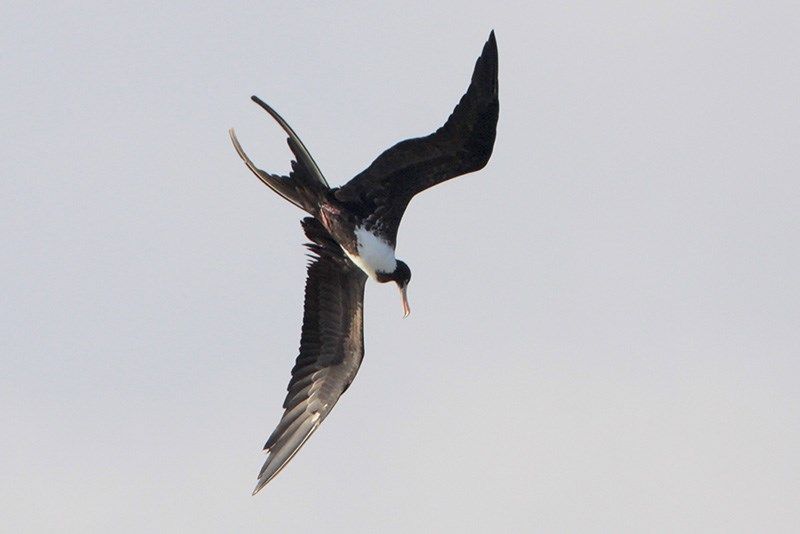


Magnificent Frigatebird Bird Gallery Houston Audubon
The Magnificent Frigatebird has the lowest wing loading of any known bird, meaning its wings are extraordinarily long for its size and weightit can have a wingspan of 2 meters Although the frigatebird can land and take off again, this can be difficult As a result, this bird lives largely constrained to heightsThis large seabird weighs anywhere from 24 to 35 pounds (11 to 159 kg) 4 What is the magnificent frigatebird's wingspan?The Magnificent Frigatebird is 100 cm (39 in) long with a 215 cm (85 in) wingspan Males are allblack with a scarlet throat pouch that is inflated like a balloon in the breeding season Although the feathers are black, the scapular feathers produce a purple iridescence when they reflect sunlight, in contrast to the male Great Frigatebird's



Magnificent Frigatebird The Magnificent Frigatebird Frega Flickr



Magnificent Frigatebird Previously Known As Man O War Beauty Of Birds
2 How big is a magnificent frigatebird?The magnificent frigatebird is the larger of the two with a wingspan measuring up to 114cm in length, compared to the great frigatebird's wingspan of up to 105cm The frigatebird's most unusual trait is displayed by the males During the breeding season the males regularly inflate the thin, red, gular sac on their throats with air10 Interesting Facts About Magnificent Frigate Bird 1 They have long wings, tails and bills and the males have a red pouch that is inflated during the breeding season to attract a mate Females are black but have a white breast and lower neck sides, a brown band on the wings and a blue eyering 2 The Magnificent Frigate bird is a big bird



Voices Magnificent Frigatebird Youtube
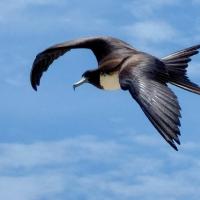


Magnificent Frigatebird Fregata Magnificens Birdnote
Macaulay Library archivist Martha Fischer takes us to Florida's Dry Tortugas National Park where she experienced the bizarre mating displays of Magnificent FRelated Documents Records Committee review for bird sighting of Magnificent Frigatebird at Clear Lake, 19 Records Committee review for rare bird sighting of Magnificent Frigatebird at Red Rock Reservoir, 19 Records Committee review for rare bird sighting of Magnificent Frigatebird at Red Rock Reservoir, 19 Records Committee review for rare bird sighting for Magnificent Frigatebird circaGreat Frigatebird vs Magnificent Frigatebird 8 Differences These are the 8 main differences between great frigatebirds (Fregata minor) and magnificent frigatebirds (Fregata magnificens)1 The Sheen The male great frigate has a green sheen, or shine, on its black back feathers whereas the male magnificent frigate prefers a purple sheen The sheen makes for an awesome fashion statement and
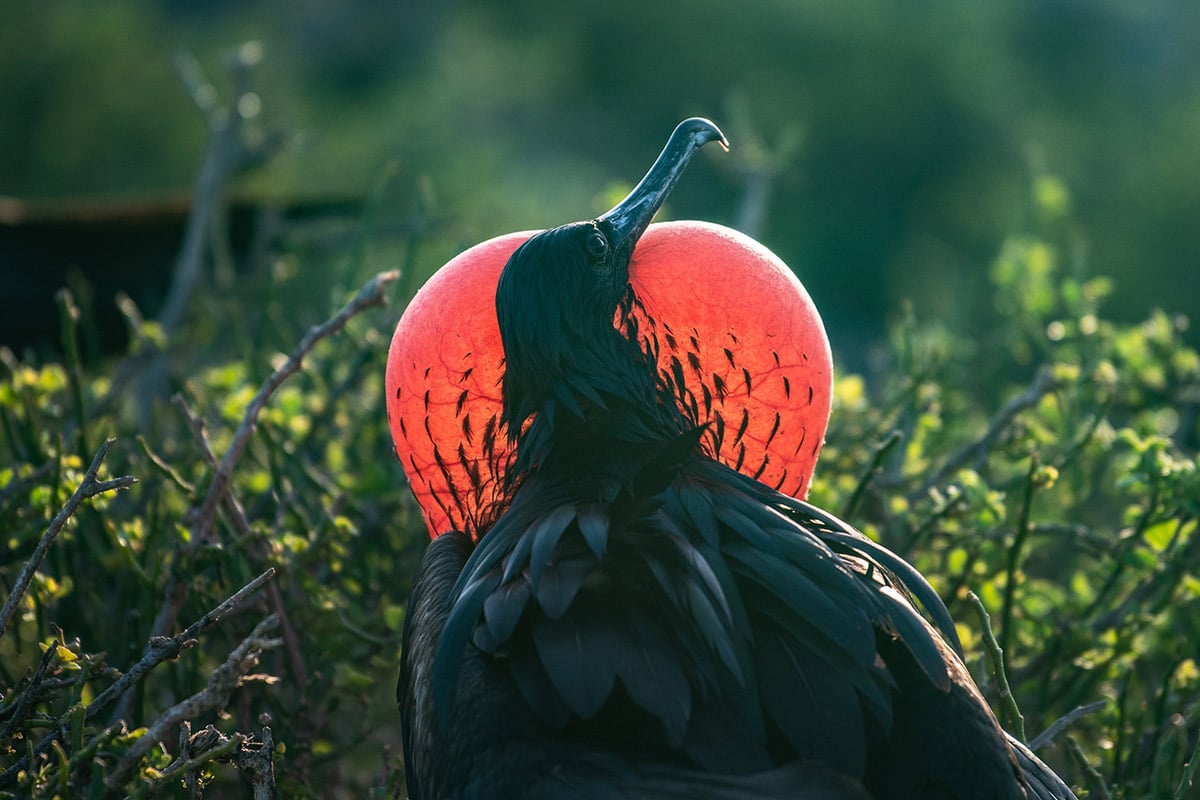


Frigatebird Galapagos Islands Species And Wildlife
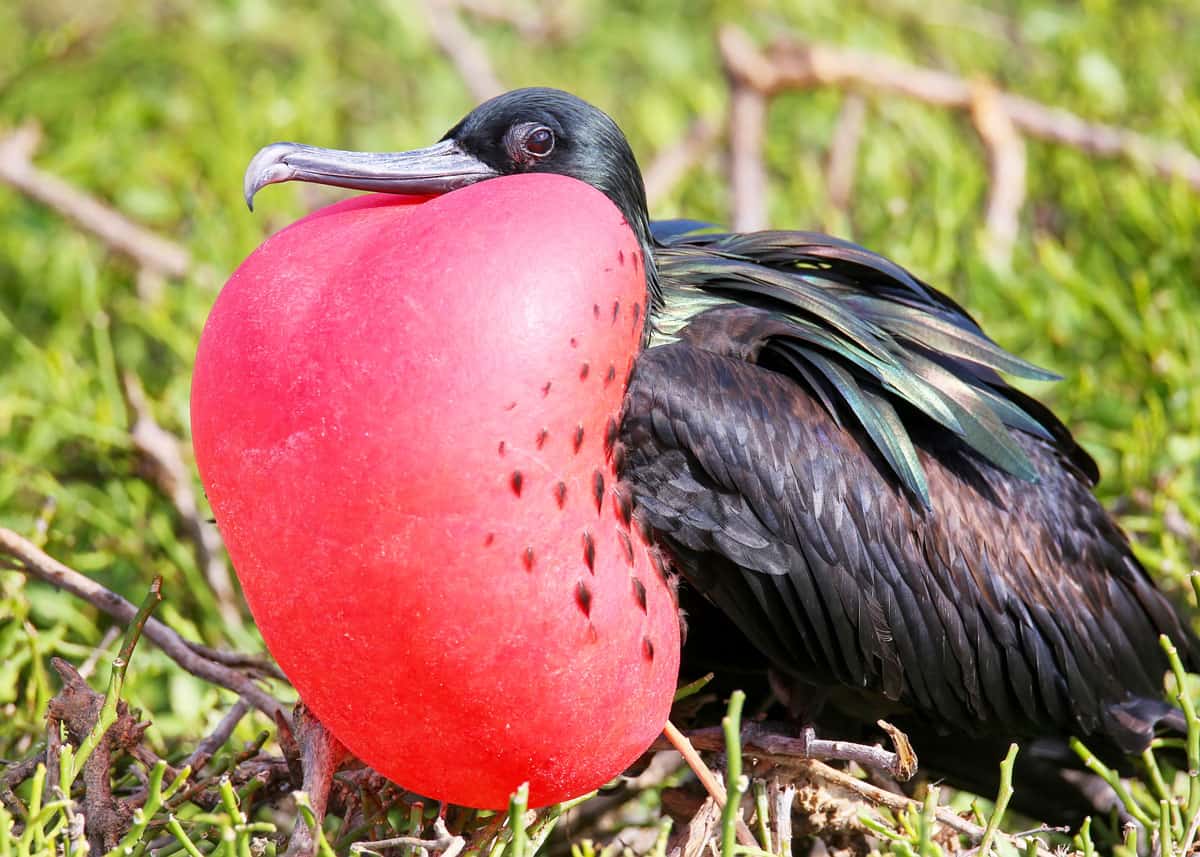


15 Facts About Magnificent Frigatebirds In The Galapagos Latin Roots Travel
Beachgoers delight in this large, black pterodactyllike bird that soars effortlessly on tropical breezes with hardly a flap, using its deeply forked tail to steer Watching a Magnificent Frigatebird float in the air truly is, as the name implies, magnificent These master aerialists are also pirates of the sky, stealing food from other birds in midairMagnificent Frigatebird Fregata magnificens Abundance Estimates of relative abundance for every week of the year animated to show movement patterns Relative abundance is the estimated number of individuals detected by an eBirder during a traveling count at the optimal time of day for each speciesThe magnificent frigatebird, Fregata magnificens, is the largest of five species of frigatebirds, and the only one typically found in North America Both the genus and common names are derived from the French mariners' name for the bird, la frégate , meaning a frigate or fast warship



Awesome Hurricanes Magnificent Frigatebirds Rolling Harbour Abaco



Magnificent Frigatebird Identification All About Birds Cornell Lab Of Ornithology
The magnificent frigatebird, Fregata magnificens, is the largest of five species of frigatebirds, and the only one typically found in North America Both the genus and common names are derived from the French mariners' name for the bird, la frégate , meaning a frigate or fast warshipFrigatebirds are the only seabird family that have obvious, significant differences in plumage between the sexes The male magnificent frigatebird has entirely black plumage, glossed green on the head and purple on the upperwings and back, and possesses a bare patch of skin on the lower neck, known as the gular sacA magnificent frigatebird, a seabird most often found in Florida and along the Gulf Coast, was found by and taken to Stick House Sanctuary, which later transferred her to the El Paso Zoo for care The El Paso Zoo said she was examined by Dr Vicki Milne, who found no broken bones or major injuries



Magnificent Frigatebird Birdfinding Info



Magnificent Frigatebird
Osorno, et al, 1992) Economic Importance for Humans PositiveThe magnificent frigatebird is the largest species of frigatebird It measures –114 cm (35–45 in) in length, has a wingspan of 217–244 m (71–80 ft) and weighs 11–159 kilograms (24–35 lb) Males are allblack with a scarlet throat pouch that is inflated like a balloon in the breeding seasonThe Magnificent Frigatebird has one of the widest wingspans of all seabirds This beautiful black coloured frigatebird, with its long forked tail and long hooked bill, can be seen all along the southern coast, from southern California to the northern countries of South America



Birders Travel Downstate To Catch Glimpse Of Frigatebird



Magnificent Frigatebird Bird Watcher S Digest



Magnificent Frigatebird Identification All About Birds Cornell Lab Of Ornithology


Q Tbn And9gcqxjyrfkhwprv7mxkgofwaqxtbpva7m4ohvvp9dsrp1nt huy Usqp Cau


Q Tbn And9gcrhthjcm2u W10cjena2nmbxv5duvcbzwynr 1vxfl9eys7h Mb Usqp Cau
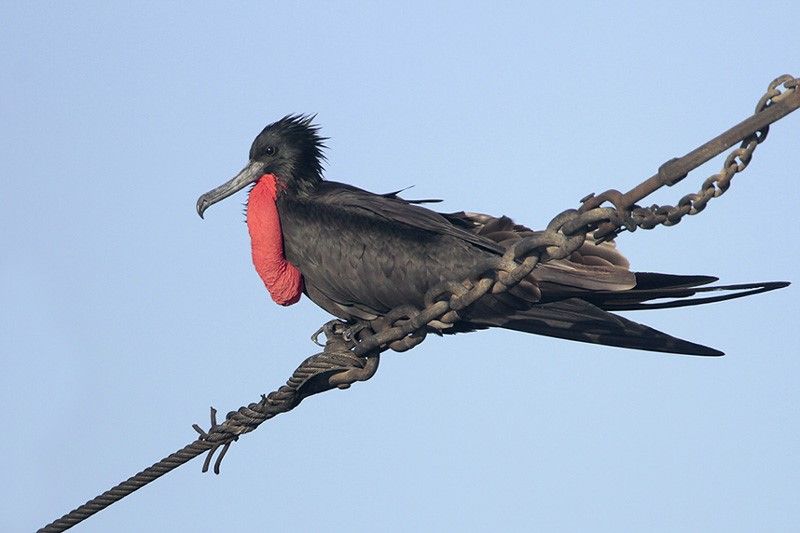


Magnificent Frigatebird Bird Gallery Houston Audubon



Magnificent Frigatebird Frigatebird Bird Sea Birds
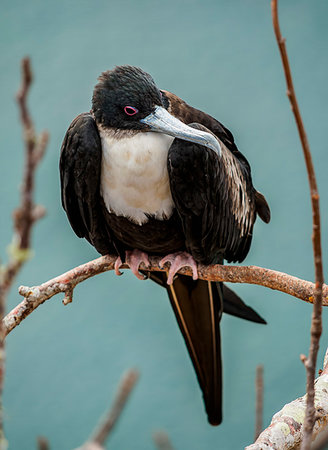


Magnificent Frigate Bird Stock Photos Page 1 Masterfile



Frigatebird Wikipedia



Magnificent Frigatebird Birds
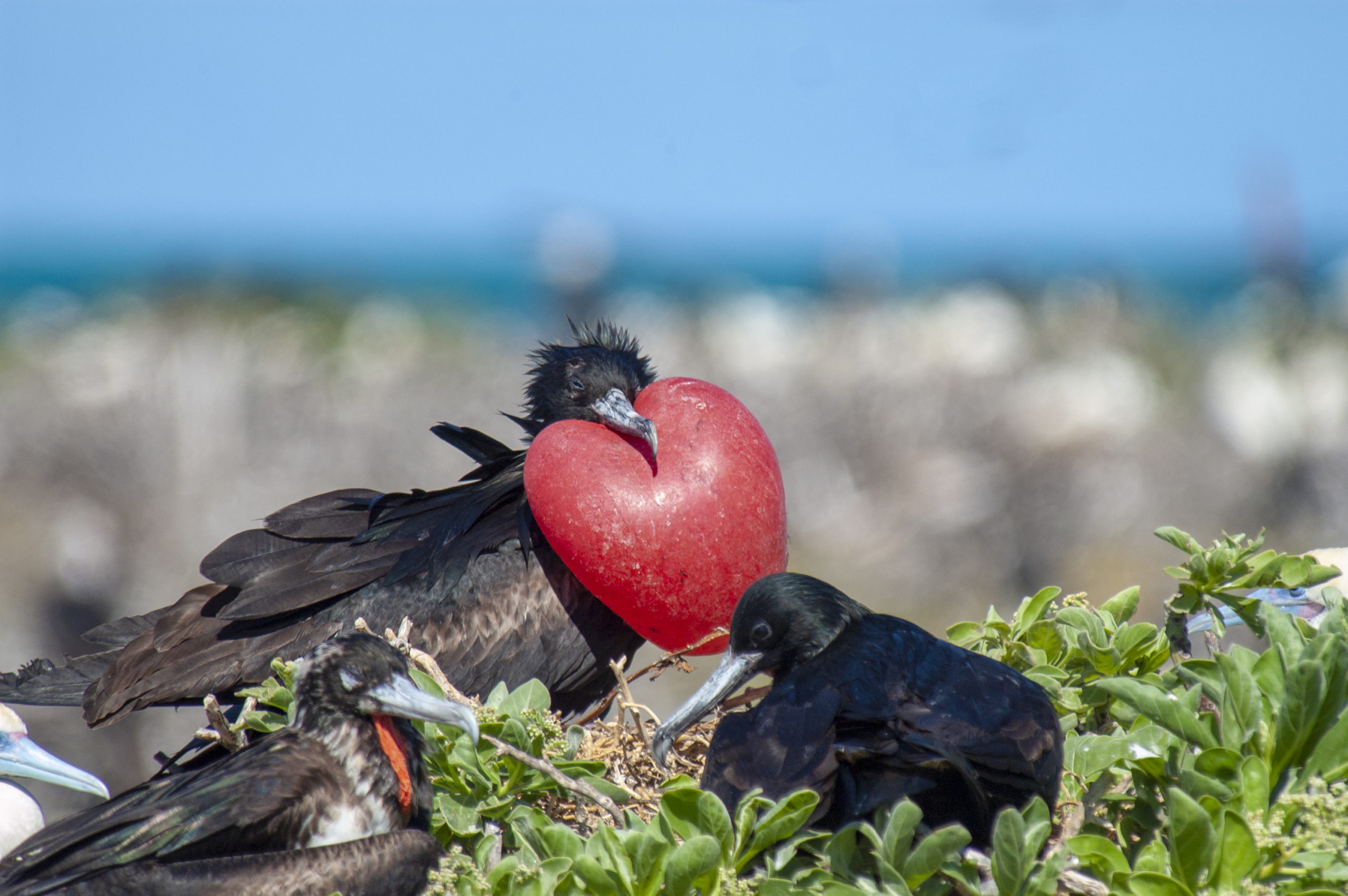


National Marine Sanctuary Foundation
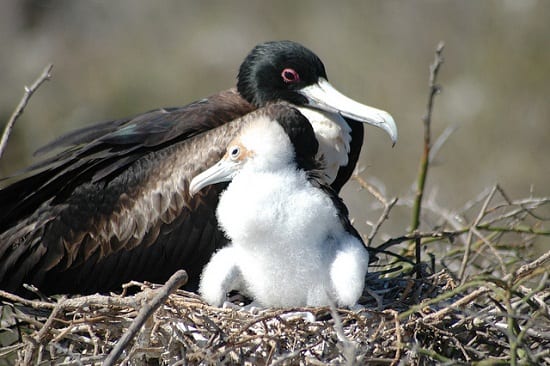


Creature Feature Magnificent Frigatebird Oceana Usa
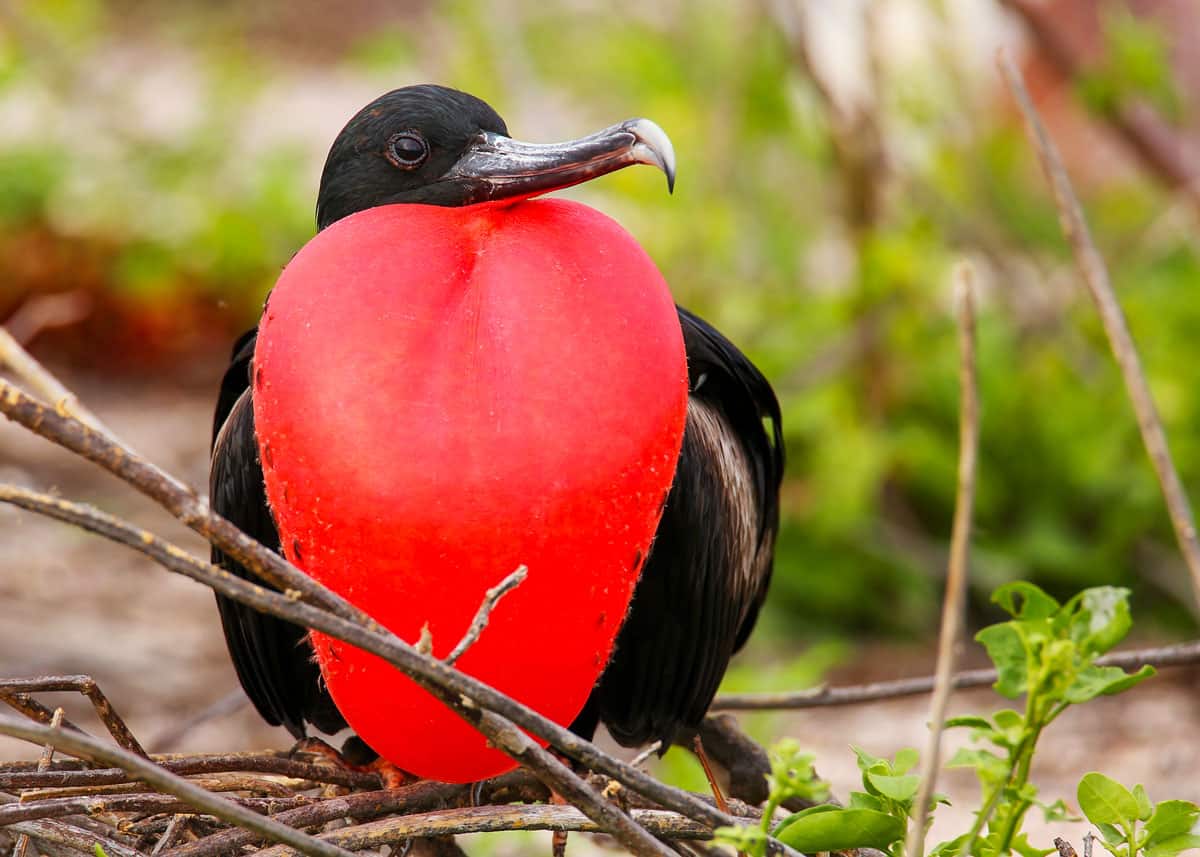


30 Magnificent Frigatebird Facts Balloon Throated Aerial Pirates Fregata Magnificens Justbirding Com



Magnificent Frigatebird Galapagos Conservation Trust



Magnificent Frigatebird Alchetron The Free Social Encyclopedia


Q Tbn And9gcrpifum8kpkdx Er Mugf4hpixjjnkqopj Phdyfk8 Usqp Cau



Magnificent Frigatebird Fregata Magnificens



Magnificent Frigatebirds Determining Age And Sex By Alex Lamoreaux Nemesis Bird


Magnificent Frigatebird



Birds Magnificent Frigatebird Stock Image Gallery Piran Cafe
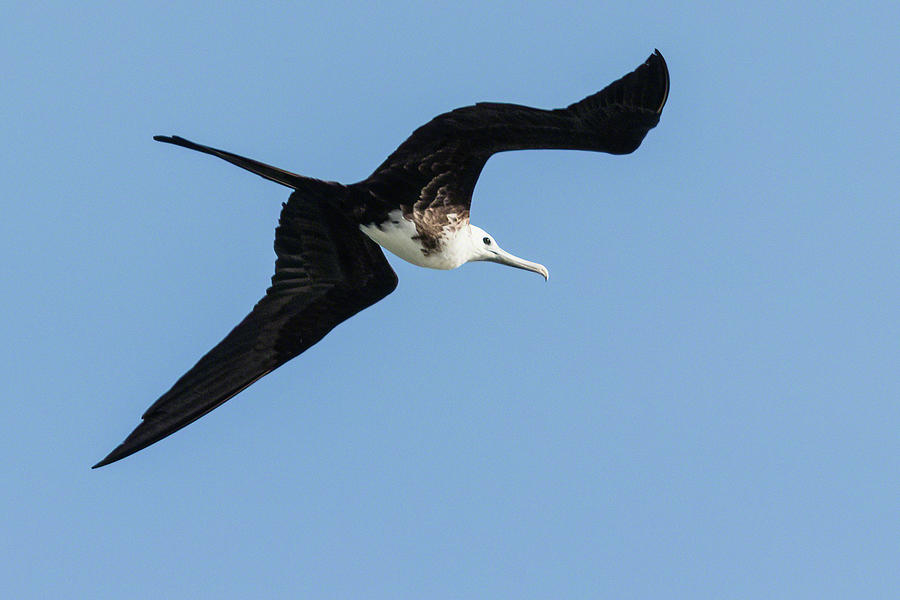


Elegant Magnificent Frigatebird Photograph By Dawn Currie
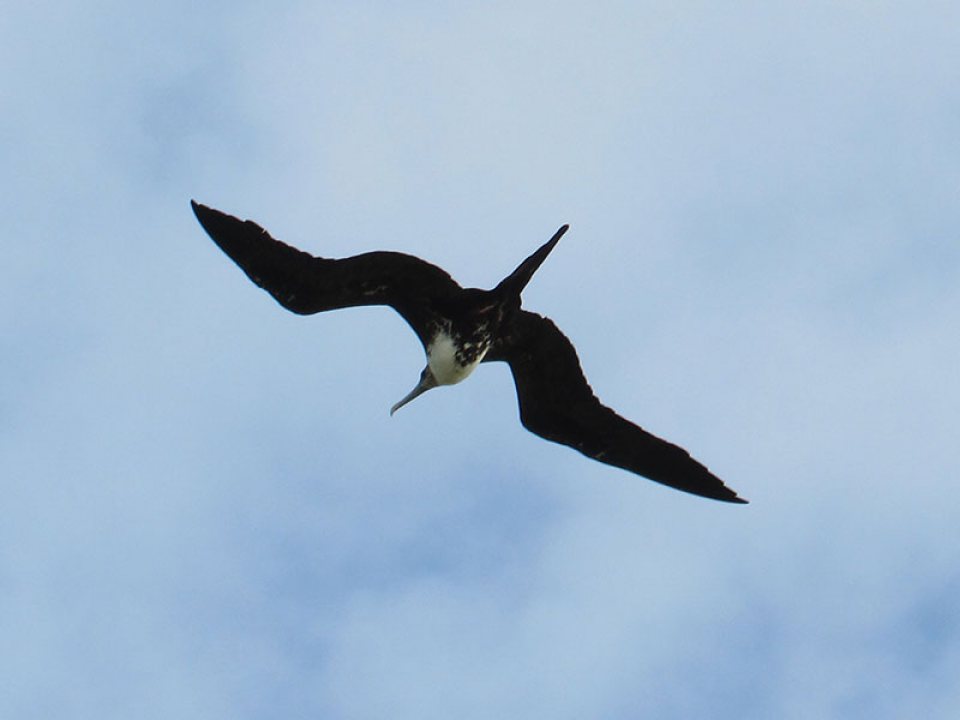


Galveston Com Truly Magnificent Sight Galveston Tx
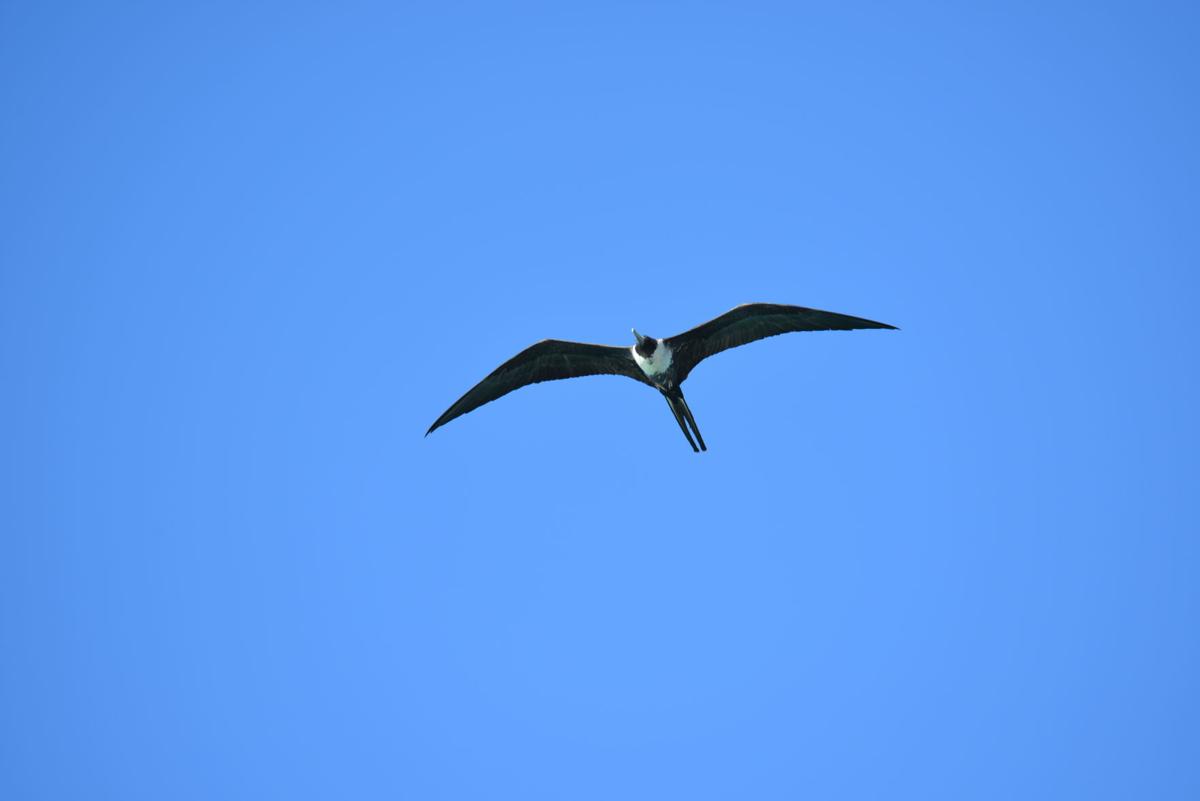


Speaking Of Nature Magnificent Frigate Birds Lifestyle Fltimes Com
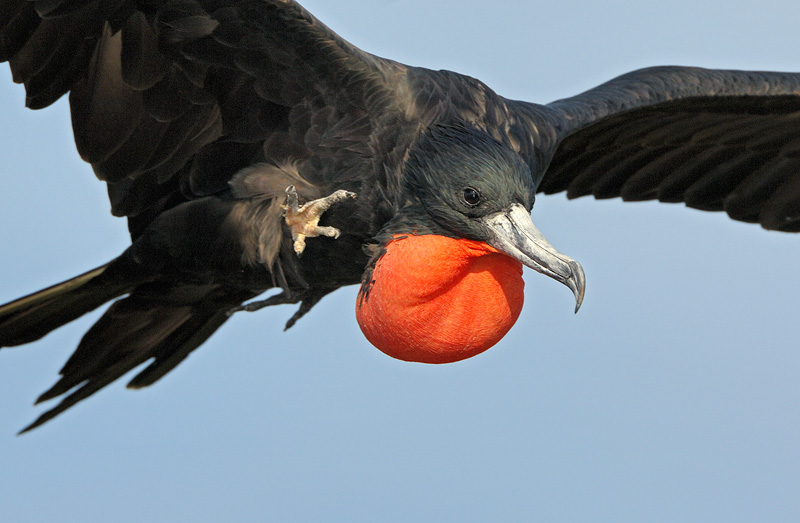


Magnificent Frigatebird The Valiens
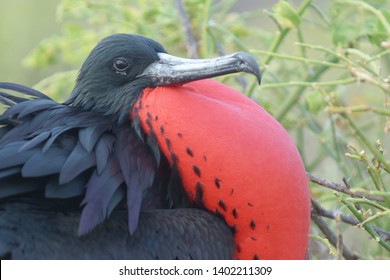


Magnificent Frigate Bird High Res Stock Images Shutterstock


Q Tbn And9gcsl Zotjtkopb5o8amo0deeaufgoluzvyfr1yvidl8y Hd5dyeo Usqp Cau



Magnificent Frigatebird Ebird



Magnificent Frigatebird Birds



Magnificent Frigatebird Fregata Magnificens Birds Of The World



Magnificent Frigatebird Whatbird Com
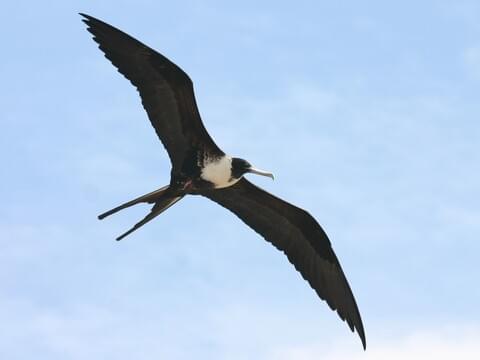


Magnificent Frigatebird Identification All About Birds Cornell Lab Of Ornithology



Magnificent Frigatebirds Determining Age And Sex By Alex Lamoreaux Nemesis Bird
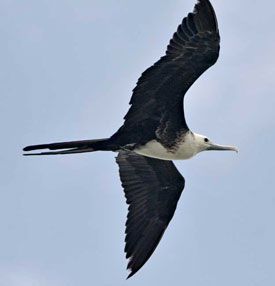


Magnificent Frigatebird Bird Gallery Houston Audubon
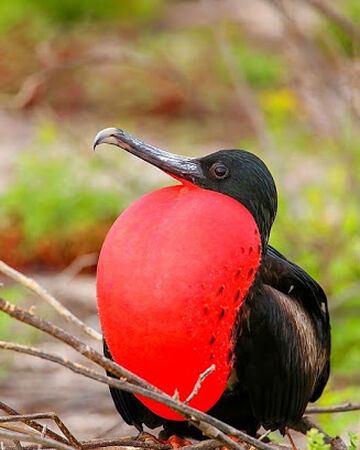


Magnificent Frigatebird Naturerules1 Wiki Fandom
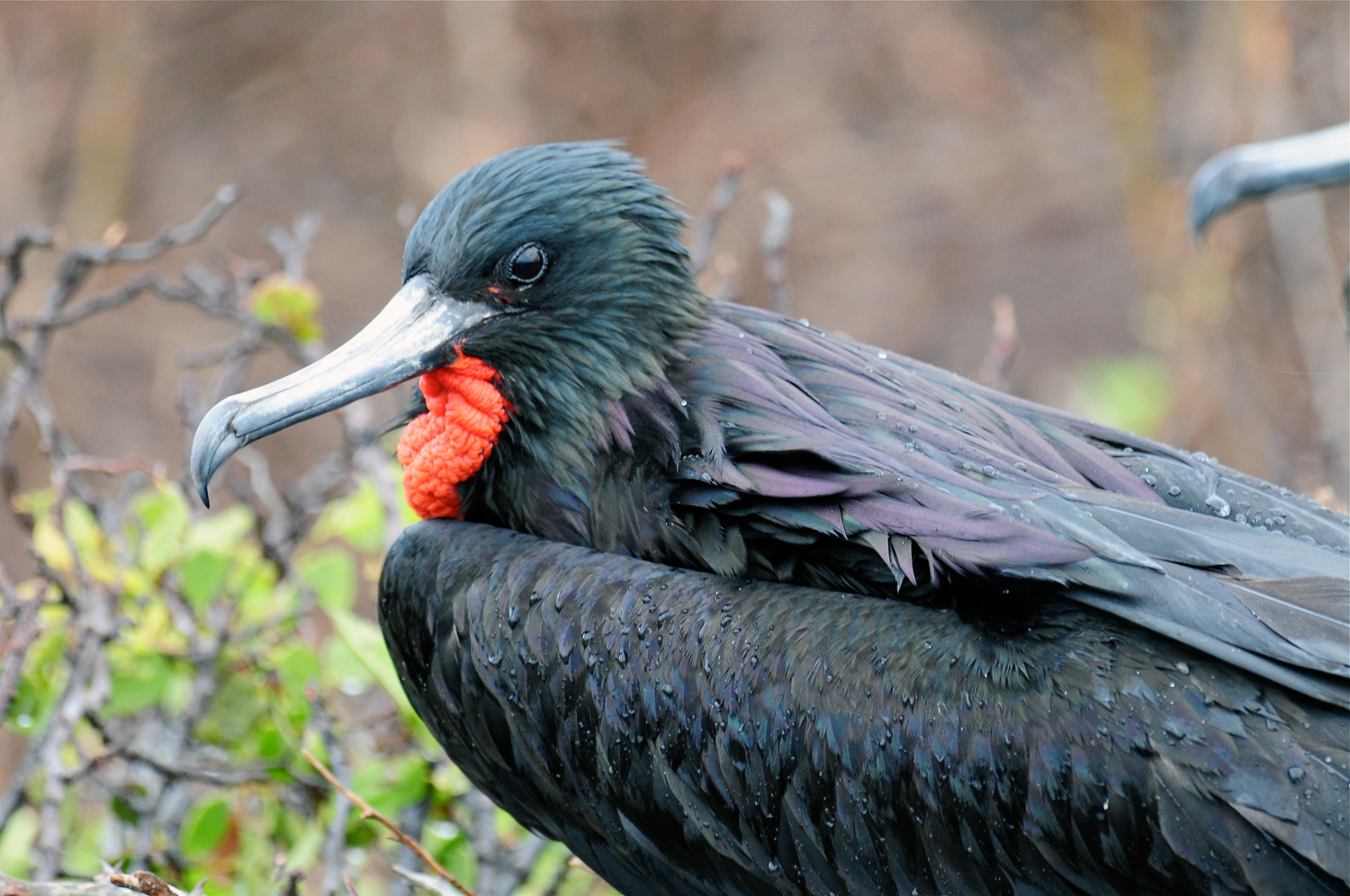


Frigatebirds Animals Of The Galapagos Pictures And Information
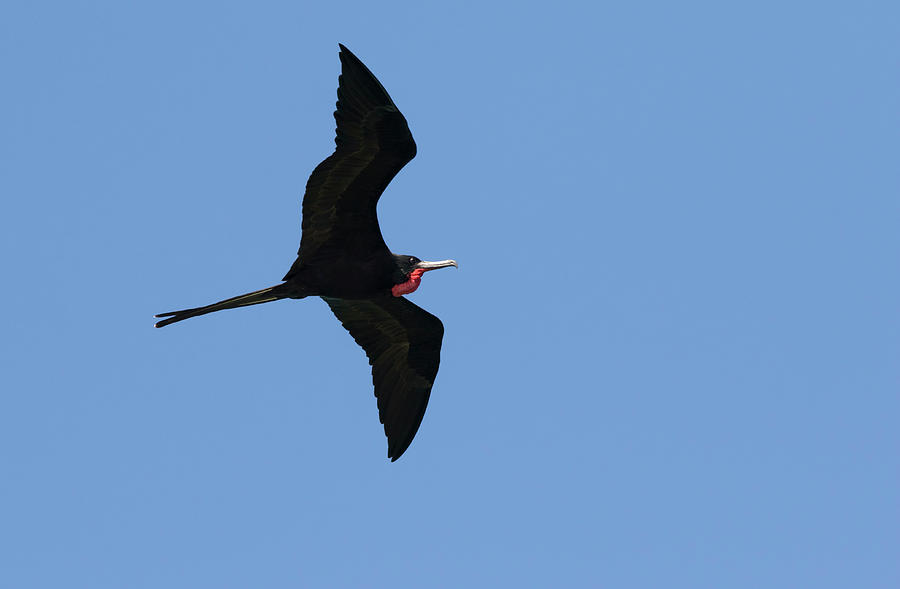


Magnificent Frigatebird Photograph By Ivan Kuzmin



Magnificent Frigatebird Ebird
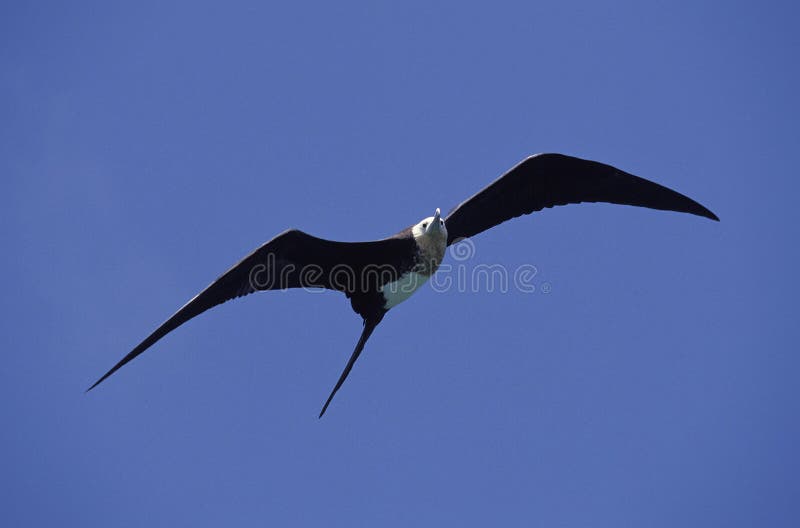


709 Magnificent Frigatebird Photos Free Royalty Free Stock Photos From Dreamstime



Magnificent Frigatebirds Fregata Sp Courting Stock Image Z816 0025 Science Photo Library
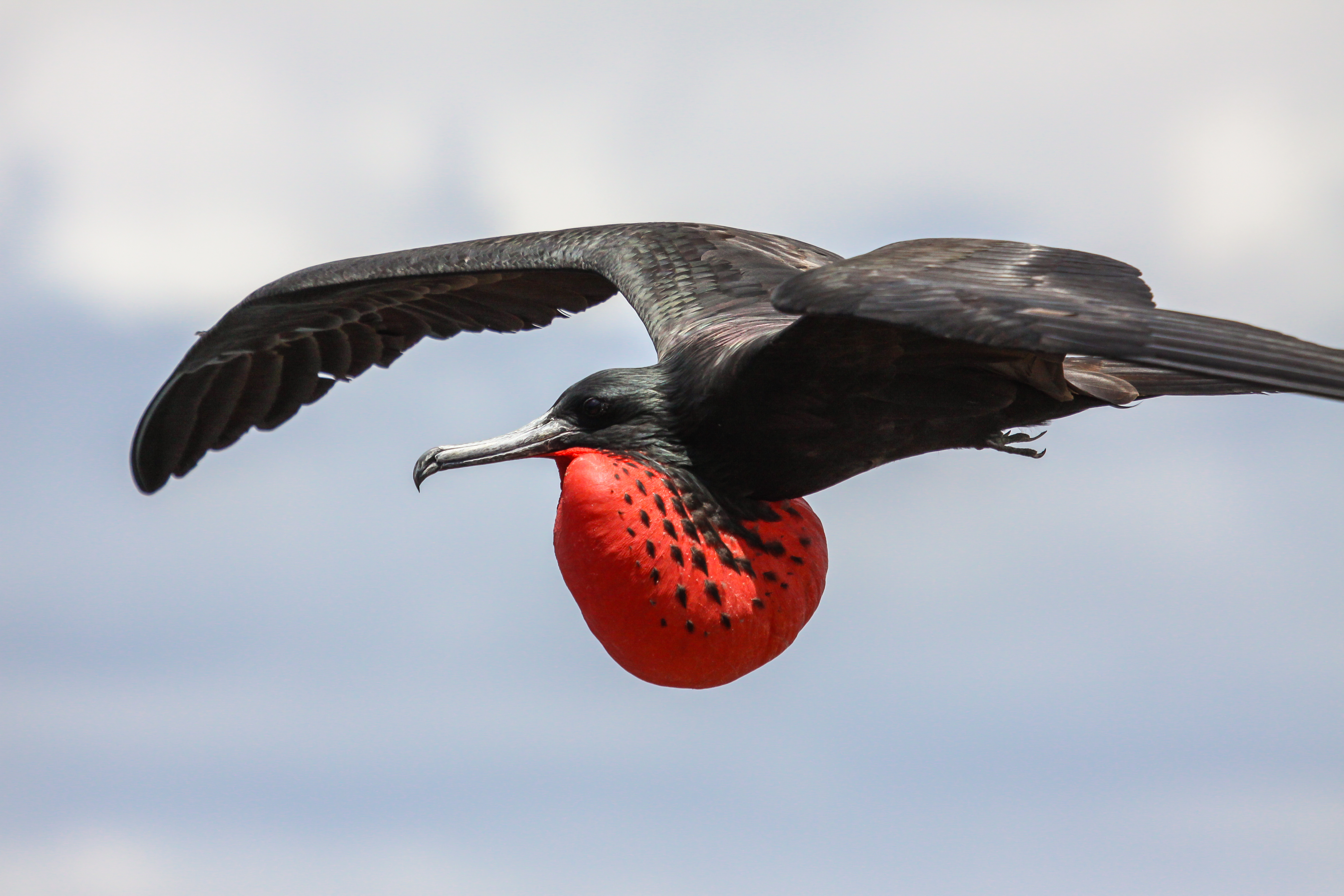


Strange Birds The Magnificent Frigatebird Talkin Hawkin Birding
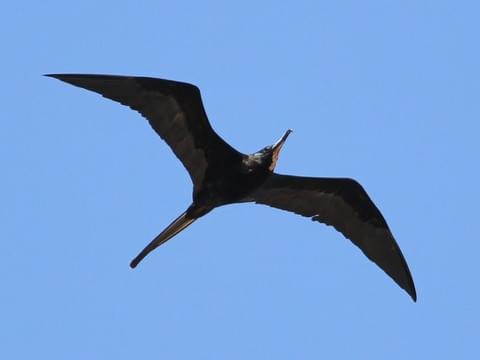


Magnificent Frigatebird Identification All About Birds Cornell Lab Of Ornithology



Magnificent Frigatebird
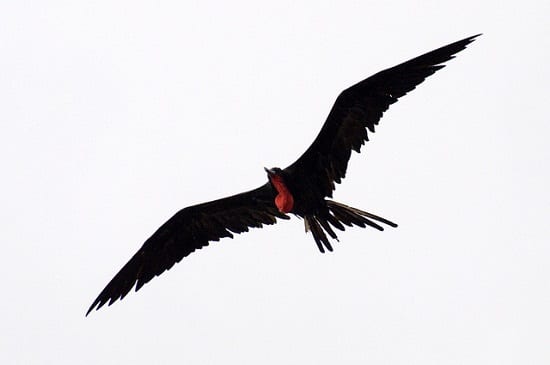


Creature Feature Magnificent Frigatebird Oceana Usa



Magnificent Frigatebirds Determining Age And Sex By Alex Lamoreaux Nemesis Bird



Magnificent Frigatebird Wikipedia



Magnificent Frigatebird



From Its Love Life To Its Ancient Origins The Frigatebird Is One Magnificent Species Flying Lessons
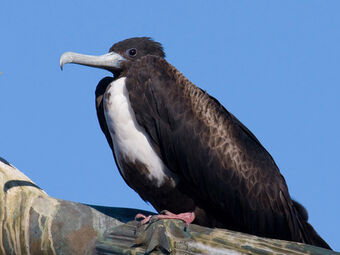


Magnificent Frigate Bird Rio Wiki Fandom


The Truely Magnificent Frigatebird 10 000 Birds


Juvenile Magnificent Frigatebird Fregata Magnificens 2 Scenicoregon Com



Magnificent Frigatebird Audubon Field Guide



Closeup Of A Male Magnificent Frigatebird Fregata Magnificens Stock Photo Picture And Royalty Free Image Image



Magnificent Frigatebird
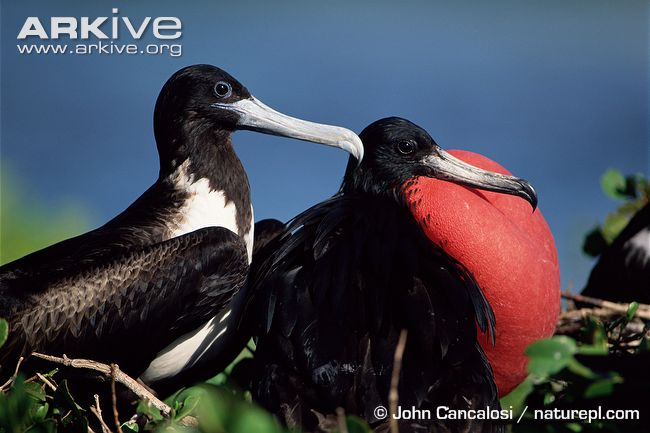


Magnificent Oh Yes They Sure Are The Great Magnificent Frigatebird



Magnificent Frigatebird


The Magnificent Frigatebird Fregata Magnificens An Iconic Tropical Download Scientific Diagram
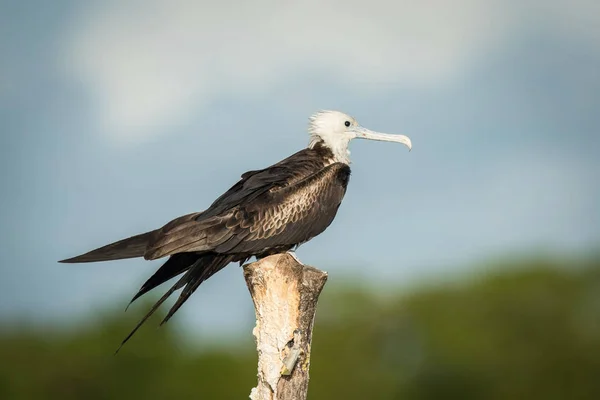


Magnificent Frigatebird Pictures Magnificent Frigatebird Stock Photos Images Depositphotos
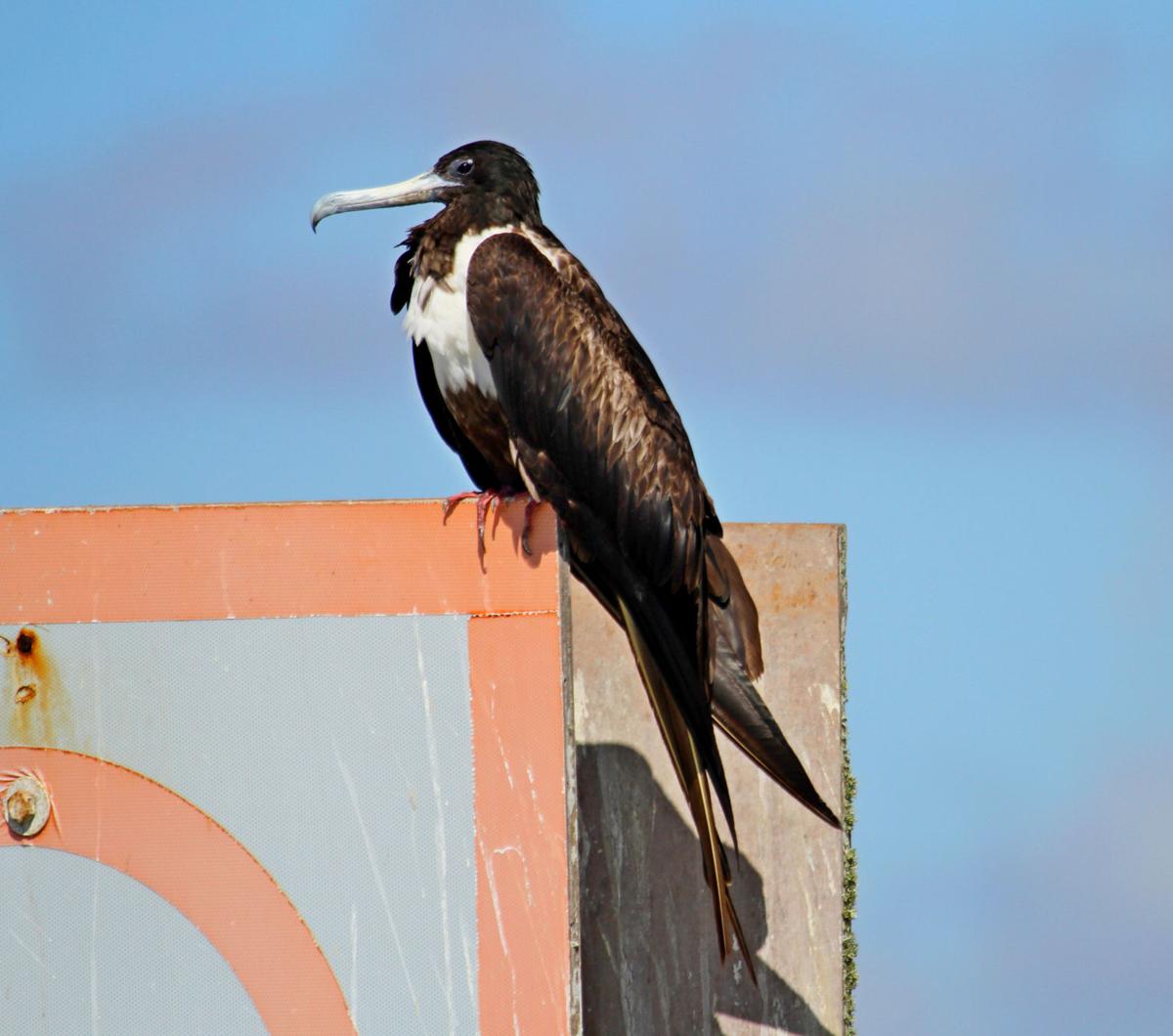


Magnificent Frigatebird Is A Sight To See Local News Victoriaadvocate Com



30 Magnificent Frigatebird Facts Balloon Throated Aerial Pirates Fregata Magnificens Frigatebird Weird Birds Beautiful Birds


Magnificent Frigatebird Sanibel Island Fl Not The Best Photo But What A Sight It Was To See It Cruising In The Sky Birding



Exploring Barbuda S Magnificent Frigatebird Colony Canadian Geographic



Meet The Cute Magnificent Frigatebird By Birdorable
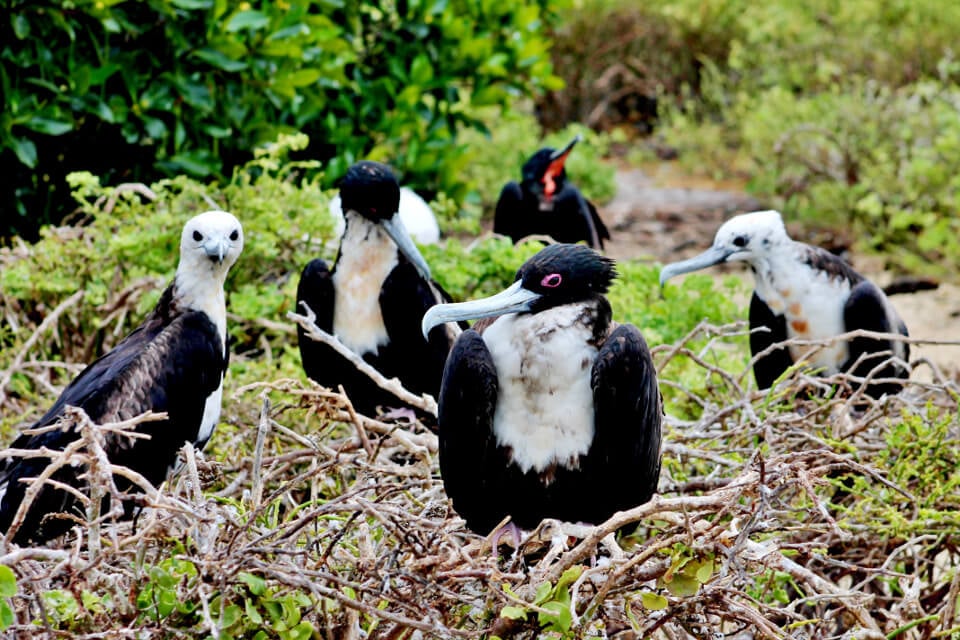


Frigatebirds And Their Chicks In Galapagos It S All In The Family



Awesome Hurricanes Magnificent Frigatebirds Rolling Harbour Abaco



Magnificent Frigatebirds In The Galapagos Islands


Magnificent Frigatebird



Hear The Wild Way Magnificent Frigatebirds Attract Mates Audubon



Magnificent Frigatebird Fregata Magnificens Frigatebirds Flickr
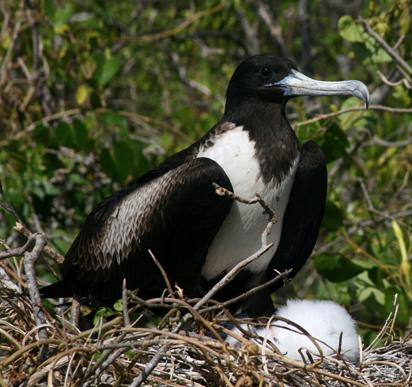


Genetic Surprise Magnificent Frigatebird Living On Galapagos Islands Is Distinct Species Smithsonian Insider



Magnificent Frigatebird Flying Bird Images Aerial Birds



Magnificent Frigatebird Fregata Magnificens The Male Is All Black With A Purplish Sheen On Upper Body Feathers And A Beautiful Birds Colorful Birds Pet Birds



Luring Magnificent Frigatebirds Back To Key West National Wildlife Refuge U S Fish Wildlife Service


コメント
コメントを投稿